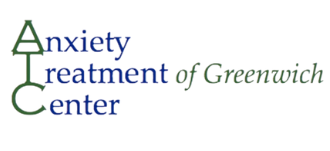Signs of Anxiety
Anxiety can be hard to spot—but knowing what to look for is the
first step toward getting the help needed.
Recognizing the Signs of Anxiety in
Anxiety can show up in many ways. While some symptoms may seem overwhelming or unrelated, they are common expressions of internal stress. Here are some key indicators to watch for
Types of Anxiety Disorders
Anxiety can take many forms, and understanding the differences can help guide treatment. At The Anxiety Treatment Center of Greenwich, we treat a wide range of anxiety-related conditions using evidence-based approaches tailored to each individual.
Generalized Anxiety Disorder (GAD)
Persistent, excessive worry about everyday situations, often accompanied by restlessness, fatigue, and difficulty concentrating.
Panic Disorder
Sudden episodes of intense fear or discomfort (panic attacks), often with physical symptoms like a racing heart, chest pain, or dizziness.
Social Anxiety Disorder
A strong fear of being judged, embarrassed, or rejected in social or performance situations, leading to avoidance and distress.
Separation Anxiety Disorder
Intense fear of being away from home or loved ones, more commonly seen in children but also affecting adults.
Specific Phobias
Strong, irrational fears of particular objects or situations (e.g., flying, needles, animals) that cause avoidance or panic.
Obsessive-Compulsive Disorder (OCD)
Recurring, unwanted thoughts (obsessions) and repetitive behaviors (compulsions) that the person feels driven to perform.
Selective Mutism
Consistent inability to speak in specific social situations, despite speaking comfortably in others (like at home).
Trichotillomania & Tic Disorders
Involves repetitive behaviors like hair pulling or vocal/motor tics; often co-occurs with anxiety and is treated with behavioral therapy.
